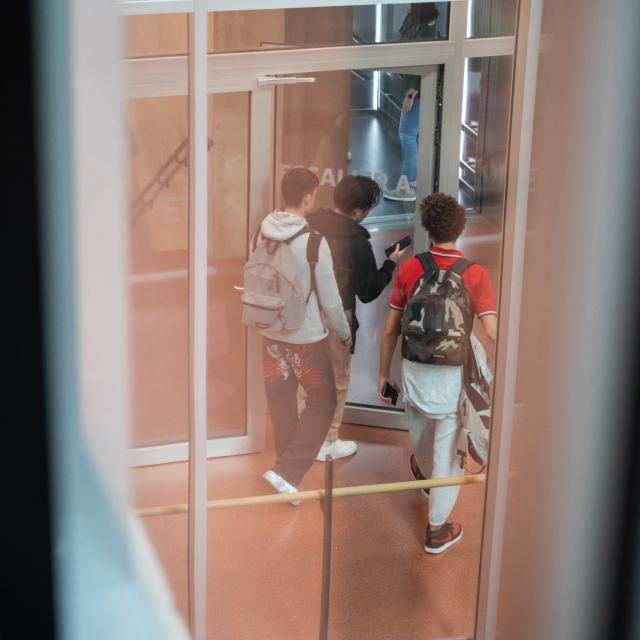War pictures via TikTok
By Christian Block, Lex Kleren, Misch Pautsch Switch to German for original article
Misanthropic statements. Images of violence and suffering on smartphones. The media dimension of the latest escalation of the Middle East conflict does not stop for schoolchildren. Why schools have a special duty to respond.
This article is provided to you free of charge. If you want to support our team and promote quality journalism, subscribe now.
When wars break out, conflicts escalate or crises arise, this quickly becomes a topic of discussion in schools. After the Hamas terrorist attack on Israel at the beginning of October and the renewed flare-up of the Middle East conflict, it was no different.
It is, or at least should be, obvious that schools have a special responsibility in such situations. After all, children and young people bring the latest news into the classroom via their smartphones. They may be exposed to images of raw violence and suffering or one-sided depictions of current events. There is now also no doubt that there has been an increase in anti-Semitic and Islamophobic statements in Luxembourg in recent months. The BeeSecure stopline recorded an increase in reported content in October and November (see infobox), most of which was "related to the Middle East conflict and anti-Semitism".
In the "Hot Topics" course, the first message is: "We need to address this". That's what Michèle Schilt says, Deputy Director of the Zentrum fir politesch Bildung (ZpB). "That's always better than saying 'Oh, that's a dicey topic, I don't want to talk about it' and simply wanting to nip the matter in the bud. After all, where are children and young people supposed to find a space where they can best talk about these things in an unbiased way if not at school? The school has a duty to do this."
Continue reading for free
Get access to this article by subscribing to our newsletter that is sent twice a week. You also have to have a Journal account.
Already have an account?
Log in


